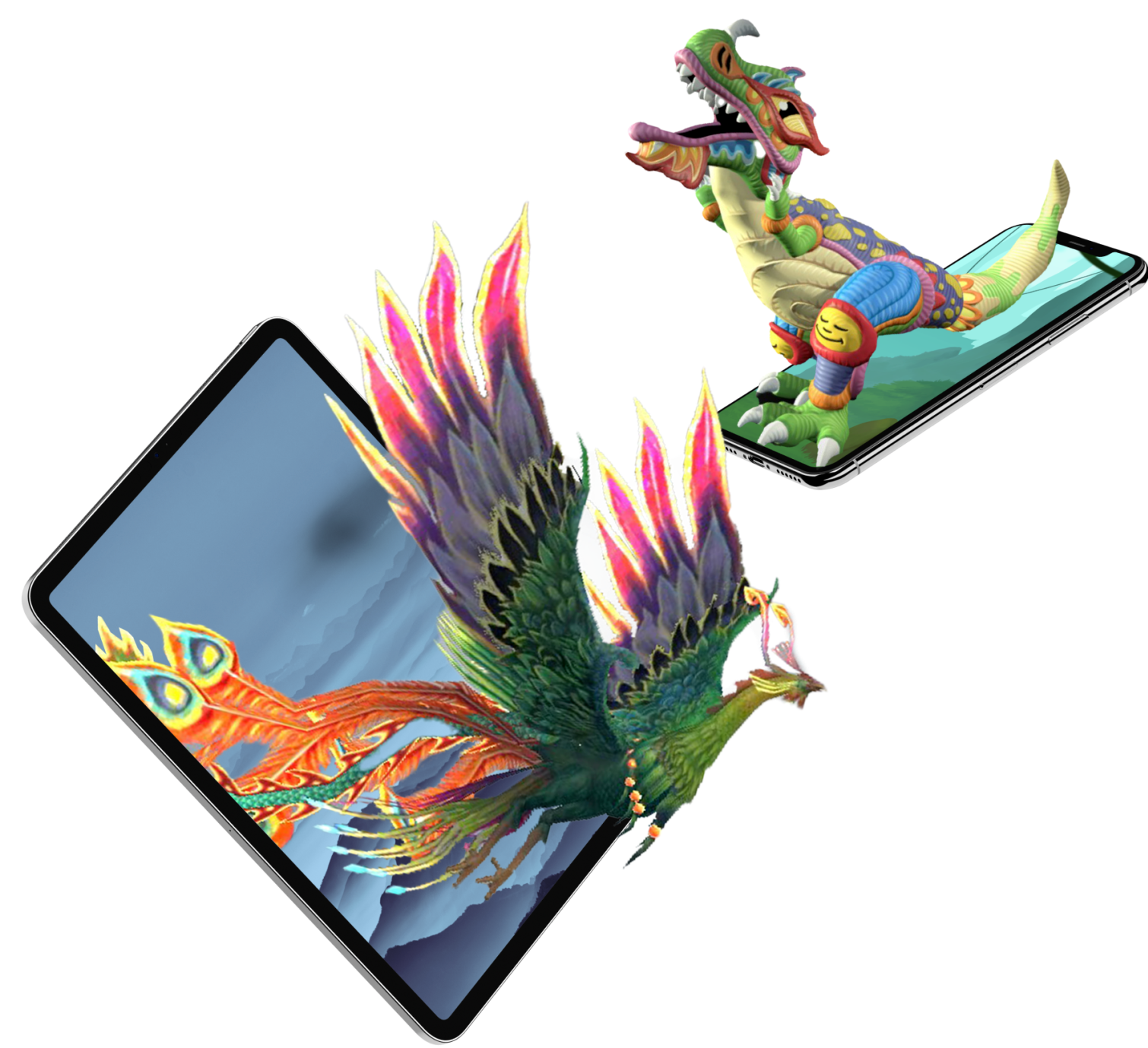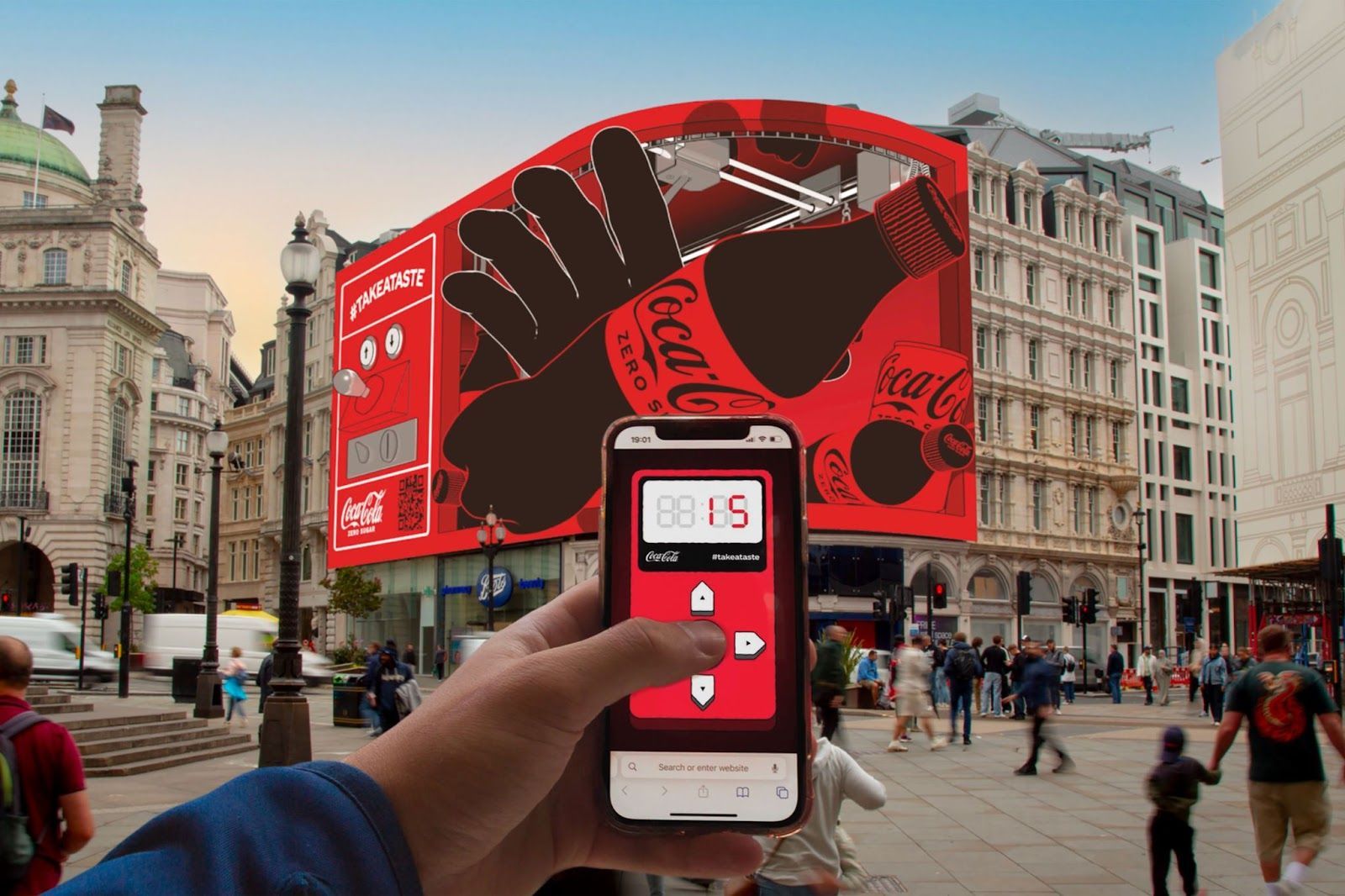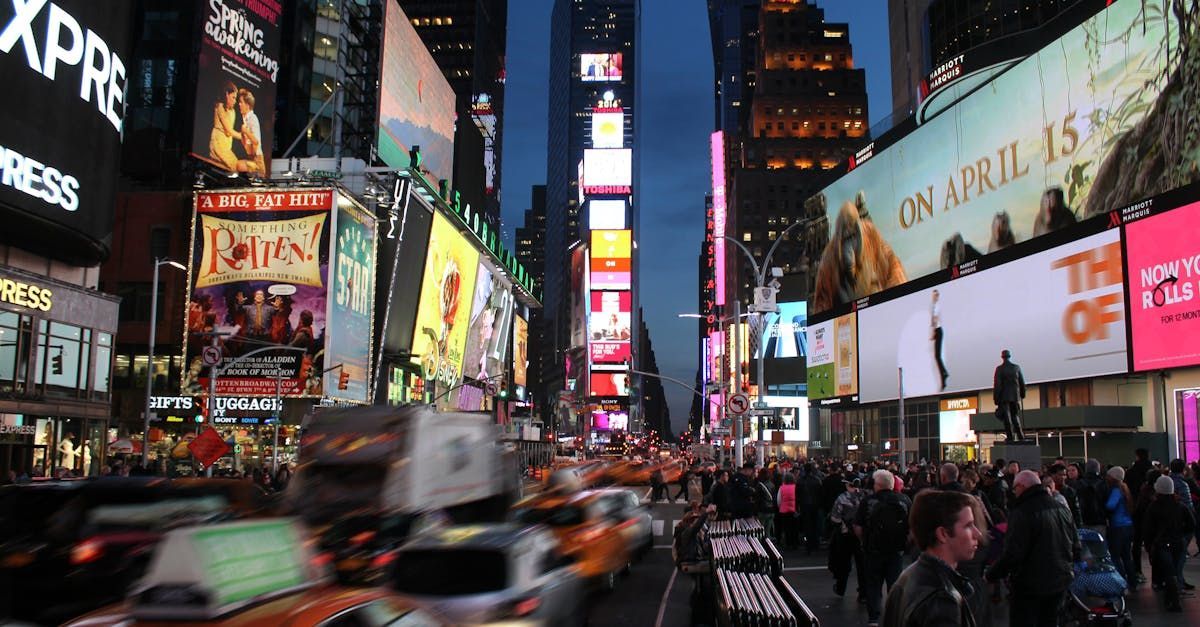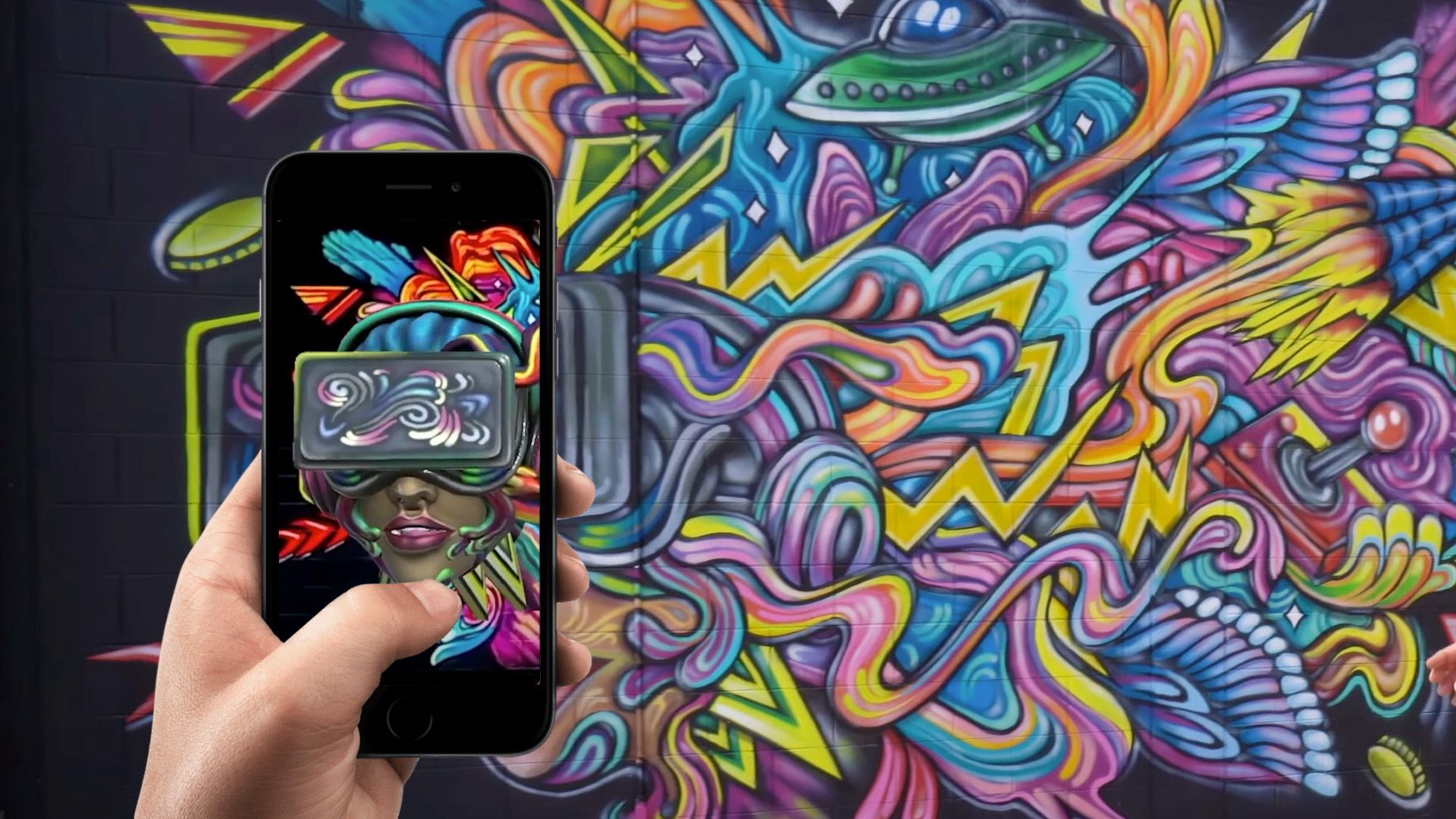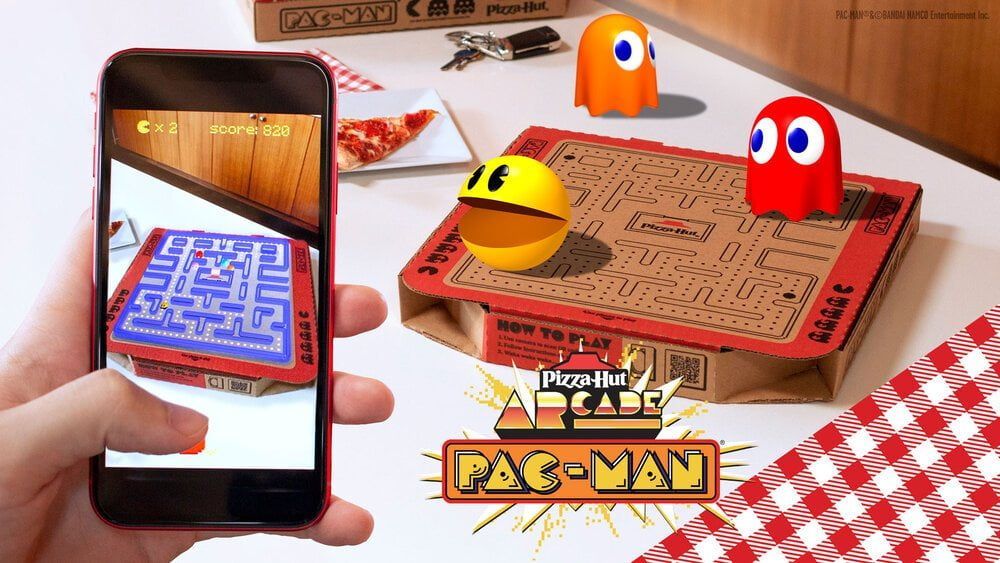Understanding QR Codes and Their Use Cases: A Comprehensive Guide
In today's digital age, QR (Quick Response) codes have become a versatile tool for bridging the gap between offline and online experiences. These two-dimensional barcodes are more than just a tech novelty—they are revolutionizing industries by enhancing user engagement, streamlining processes, and offering innovative solutions to real-world challenges. This article delves into the diverse use cases of QR codes across various sectors, providing insights into how businesses and organizations can leverage them for growth.
1. Retail Engagement Campaigns
Pain Point: Space is often limited in retail, and providing detailed product and promotional information can be challenging. Additionally, this information needs frequent updates, which can be costly and time-consuming.
Use Case: QR codes offer a simple yet effective solution by linking customers to product information, promotions, or discount coupons.
Solution: Retailers can place dynamic QR codes on in-store displays, product tags, or packaging. These codes direct customers to online product pages or promotional offers, which can be updated without reprinting new codes. This approach incentivizes purchases and enhances the customer experience by offering them instant access to relevant information.
2. Print Marketing Design
Pain Point: It's difficult to track the performance of offline marketing campaigns and measure the return on investment (ROI).
Use Case: QR codes can transform print marketing by tracking engagement and driving traffic to online platforms.
Solution: Incorporating QR codes into flyers, posters, brochures, and other print materials can lead customers to websites, product demos, or interactive catalogs. Businesses can track how many people engage with the code, providing valuable data to measure the success of these campaigns. Examples of QR code applications include:
- Customizable Product Demos: Customers can experience personalized demos by scanning a QR code.
- Interactive Catalogs: Enhance customer engagement by creating a dynamic, interactive catalog.
- Mystery Discounts: Add excitement to promotions by offering a mystery discount through QR codes, increasing the likelihood of conversion.
3. Real Estate Campaigns
Pain Point: Traditional real estate marketing can make it challenging to engage potential buyers before they visit a property.
Use Case: QR codes offer potential buyers instant access to detailed property information.
Solution: Real estate agents can place QR codes on property signs or print materials, directing potential buyers to virtual property tours or detailed pages with property information. This streamlines the sales process and enhances the buyer experience by providing them with crucial information early in their decision-making process.
4. Interactive Product Packaging
Pain Point: Product packaging has limited space, making providing in-depth product information or demos difficult.
Use Case: Enhance customer engagement through packaging that offers more than meets the eye.
Solution: By placing QR codes on product packaging, brands can lead customers to instructional videos, product demos, or promotional offers. This strategy creates a more engaging experience and helps customers better understand and use the product, fostering brand loyalty.
5. TV Commercials
Pain Point: TV commercials are limited by their short time frame, making it difficult to drive online engagement.
Use Case: QR codes can help bridge the gap between offline ads and online engagement.
Solution: Brands can display QR codes at the end of TV commercials, leading viewers to websites, social media pages, or special promotions. This strategy allows businesses to track the effectiveness of their TV ads and measure online engagement, thus improving the overall ROI of their advertising campaigns.
6. Restaurants
Pain Point: Constantly updating and reprinting menus can be costly and inefficient.
Use Case: Streamline the menu and promotional process using QR codes.
Solution: Restaurants can place QR codes on tables, menus, or takeout bags, allowing customers to scan and view updated menus, promotions, and special deals online. This reduces printing costs and provides a more efficient and contactless dining experience, which has become especially important in a post-pandemic world.
7. Wedding and Event RSVPs and Registrations
Pain Point: Managing RSVPs and event registrations manually can be cumbersome.
Use Case: Simplify the RSVP and registration process with QR codes.
Solution: Event organizers can include QR codes in wedding invitations or event promotions that direct guests to online RSVP forms or event registration pages. This digitized process saves time, minimizes errors, and streamlines event planning.
8. Social Media Engagement
Pain Point: Some social media platforms restrict links in posts, making it difficult for users to engage further.
Use Case: Drive engagement and grow your social media following with QR codes.
Solution: Placing QR codes on social media profiles or posts can direct users to exclusive content, special promotions, or additional information. This increases interaction with the brand and builds a more engaged social media audience.
9. Increase App Downloads
Pain Point: Getting customers to download an app from a physical location often involves too many steps, resulting in drop-offs.
Use Case: Simplify app downloads by using QR codes.
Solution: Businesses can place QR codes on promotional materials or in-store displays that take customers directly to the app's download page. This streamlined process increases the likelihood of app downloads and improves the user experience.
10. Sports and Interactive Marketing
Pain Point: Limited touchpoints can make engaging sports fans during games and events difficult.
Use Case: Create interactive fan experiences using QR codes.
Solution: Sports teams can place QR codes on tickets, merchandise, and in-game displays to provide fans with exclusive content or promotions. Examples include:
- Interactive Social Media Walls: Encourage fans to post pictures using a specific hashtag, fostering a sense of community.
- In-Game Scavenger Hunts: Increase engagement with scavenger hunts where fans follow clues through QR codes.
- Fan Polls and Surveys: Gather insights through fan participation in polls and surveys.
- Virtual Reality Experiences: Offer immersive VR experiences during live events.
11. Sports Jumbotron Marketing
Pain Point: Traditional Jumbotron advertising requires multiple steps for users to access content, reducing engagement.
Use Case: Enhance fan engagement during sports events with QR codes.
Solution: Displaying QR codes on Jumbotrons can lead fans to exclusive game highlights, behind-the-scenes content, or interactive social media platforms. This helps teams create an immersive and interactive experience for their audience, driving engagement.
12. Direct Mail Advertising
Pain Point: It's hard to measure the effectiveness of direct mail campaigns and track engagement.
Use Case: QR codes can drive online engagement from direct mail.
Solution: Companies can include QR codes in direct mail ads that link recipients to a company's website or social media pages. This allows businesses to track engagement, measure the success of their direct mail campaigns, and optimize future efforts.
13. Finance
Pain Point: Traditional banking processes, such as applying for loans or retrieving account statements, can be time-consuming.
Use Case 1: Streamline loan applications and transactions using QR codes.
Solution: Banks and credit unions increasingly use QR codes to simplify loan applications, making it easier for customers to access and submit necessary documents. Moreover, QR codes are used to secure transactions by replacing traditional passwords and PINs with encrypted codes.
Use Case 2: Enable contactless payments with QR codes.
Solution: QR code payments offer a seamless and convenient alternative to cash or card payments. Major platforms like Venmo and PayPal integrate QR codes for transactions, making QR codes an integral part of the evolving payment landscape.
14. Out-of-Home (OOH) Advertising
Pain Point: Measuring the effectiveness of billboards and other outdoor ads is difficult.
Use Case: QR codes can increase the impact of out-of-home advertising.
Solution: Adding QR codes to billboards or bus stop ads can drive online engagement by leading users to websites, promotions, or social media pages. This helps advertisers measure the effectiveness of their OOH campaigns and optimize for better ROI.
15. Healthcare
Pain Point: Patient intake and registration can be tedious and time-consuming.
Use Case: Streamline patient registration with QR codes.
Solution: Healthcare providers can use QR codes in appointment reminders. This allows patients to quickly access and fill out intake forms, reducing wait times and improving the patient experience.
16. Tourism
Pain Point: Tourists often struggle to find relevant information about their destinations.
Use Case: Provide location-based information to enhance the tourist experience.
Solution: QR codes placed in tourist hotspots can direct visitors to historical information, nearby attractions, or local promotions. This enhances the tourist experience by providing timely and relevant content.
17. Manufacturing
Pain Point: Ensuring traceability and quality control in manufacturing can be difficult without proper tools.
Use Case: Use QR codes to streamline traceability and process control.
Solution: QR codes can be integrated into the manufacturing process to track raw materials, monitor work-in-progress, and ensure quality assurance for finished products. This improves operational efficiency and reduces the risk of errors.
18. Non-Profit Fundraising
Pain Point: Engaging donors and streamlining the donation process can be challenging for non-profits.
Use Case: QR codes can simplify donations and improve engagement.
Solution: Non-profits can include QR codes in fundraising materials, leading donors to donation pages or information about the organization’s impact. This reduces friction in the donation process and helps build stronger connections with donors.
19. Education
Pain Point: Providing supplemental materials and managing assignments can be inefficient in traditional classroom settings.
Use Case 1: Enhance classroom learning with QR codes.
Solution: QR codes can be embedded in textbooks or assignments, giving students instant access to supplemental materials like videos or interactive content.
Use Case 2: Streamline assignment submissions.
Solution: Instructors can use QR codes to link to digital submission platforms, ensuring timely and organized assignment collection.
20. Art and Design
Pain Point: Visitors often need more information about the art they view.
Use Case: Provide context for art installations with QR codes or links to immersive and interactive augmented reality art experiences that enhance the physical art!
Solution: QR codes placed next to art pieces can link visitors to detailed information about the artist, the inspiration behind the work, or other relevant content, enriching the viewer’s experience.
In conclusion, QR codes are revolutionizing industries' operations by providing innovative solutions to traditional challenges. Whether in retail, real estate, finance, or sports, QR codes have the versatility to enhance user engagement, streamline processes, and provide valuable insights for businesses. By adopting QR codes, companies can stay ahead in the digital transformation, offering seamless and interactive experiences to their customers.
TALK TO A PRO
We're here to bring your brand to life!
Stay Connected with BrandXR
Create Augmented Reality for Free!
Create, Publish, and Measure 3D Augmented Reality Experiences Without Having to Code.
